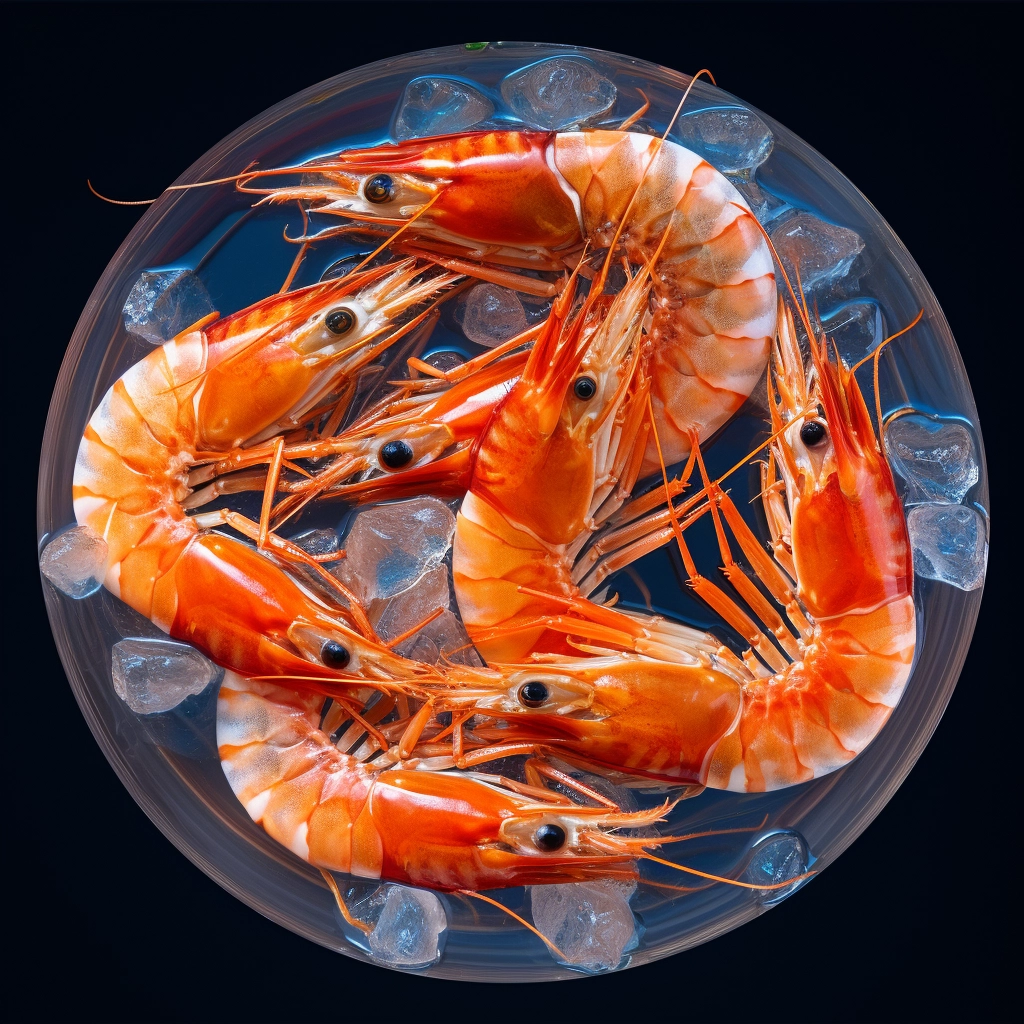SB-Rigidex
Regulate water hardness to prevent molting issues and manage soft shell conditions.

What does SB-Rigidex do?
Water hardness refers to the concentration of dissolved calcium and magnesium ions in water. For shrimp, the right water hardness ensures proper molting and helps in building a strong exoskeleton. Controlling water hardness and managing molting for shrimp in ponds is crucial to ensure the well-being of the shrimp and optimize their growth. Use a water hardness test kit to measure the general hardness (GH) and carbonate hardness (KH) of the pond. GH indicates the concentration of magnesium and calcium ions, while KH measures the water's buffering capacity.
The Challenge
Water hardness refers to the concentration of dissolved calcium and magnesium ions in the water. The appropriate level of water hardness is vital for shrimp, especially during their molting phase. Shrimp grow by shedding their exoskeleton in a process called molting. Proper molting is essential for shrimp growth and survival. The frequency of molting decreases as the shrimp age, but it remains a critical phase throughout their life.
The Solution
Use a water hardness test kit to frequently measure the general hardness (GH) of the pond. This will help in keeping track of magnesium and calcium ion concentrations. Ensure that the pH level remains stable, ideally between 7.0 and 8.5 for most shrimp species. This can be achieved using natural means like adding limestone or crushed coral, which can also aid in stabilizing water hardness. To support the formation of a strong exoskeleton during molting, consider adding shrimp-specific mineral supplements to the pond. These supplements provide the essential minerals that shrimp need for proper exoskeleton development. Avoid sudden changes in water parameters, including temperature, as this can stress the shrimp and impact the molting process. Regular water changes, proper aeration, and avoiding overfeeding can help maintain a stable environment.
List of Services
-
BenefitsList Item 1
- Proper water hardness ensures that shrimp have access to essential minerals like calcium and magnesium, which are crucial for the development of their exoskeletons. A strong exoskeleton protects shrimp from potential threats and injuries.
- Molting allows shrimp to grow. As the shrimp grows, its old exoskeleton becomes too tight, and it needs to shed it to continue growing. Proper water hardness facilitates regular and successful molting cycles, ensuring that shrimp reach their optimal size.
- Shrimp with access to water of appropriate hardness tend to have fewer molting issues. Problems during molting can be fatal to shrimp, so maintaining the right water conditions can lead to higher survival rates.
- Hardness ions, like calcium and magnesium, can bind with certain toxic substances, potentially neutralizing them. This can contribute to overall better water quality in the pond.
- Proper molting and a robust exoskeleton can protect shrimp from various pathogens and parasites, leading to better disease resistance.
- In the right water conditions, shrimp can exhibit natural behaviors, including proper feeding, mating, and burrowing. This can be especially important for the well-being of shrimp in captive environments.
-
CompositionList Item 2
SB-Rigidex contains 95% pure oxygen, which means it is almost entirely composed of oxygen molecules, with only a small percentage of other gases. This is in contrast to the air we naturally breathe, which has a composition roughly as follows:
- Nitrogen: ~78%
- Oxygen: ~21%
- Argon: ~0.93%
- Carbon Dioxide: ~0.04%
- Trace amounts of other gases
-
Dosage and UsageList Item 3
Dosage: - 5 Kg per Acre, Depends upon stocking density and average body weight. Available in 1 kg and 5 kg bags.
Usage: - Mixed with Water and Broad Cast Total pond.
-
Packing
5 Kg and 1 Kg Packages, Powder Form.
-
Storage and Caution
keep in cool and dry Place
Presentation: - 1 Kg & 5 Kg
